The roof over your home—that essential guardian from the elements—isn’t meant to live forever. While slate, copper or concrete roofs could have a lifespan of 50 years or more, those with asphalt shingles typically last less than half that long.
Factors like weather conditions and proper installation can affect a roof’s longevity, but maintenance is just as important, says Beth Allen, a Pennsylvania-based contractor. By being proactive with this, you may need to address only small repairs periodically, rather than tackling the expense of a full-on replacement.
Allen recommends having your roof professionally inspected every three years and doing a spot check twice a year, especially after severe weather. Just be careful, she warns: Unless you have the proper training, it’s not recommended that you go scaling your roof. (Taking photos or video with a drone is a safer way to get a bird’s-eye view.) There are things you can check from a ladder or from indoors. And even if you never intend to get on a ladder, says Allen, the following suggestions will help you have an informed dialogue with your roofer.
1. Interior Damage
Check the upper floors of your house, particularly the attic: They may reveal signs of interior damage, such as rotting, stained or moldy wood, or damp spots from inside leaks.
2. Bad And Missing Shingles
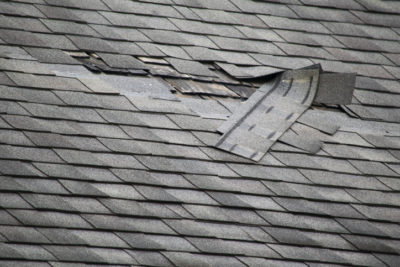 A few things to keep in mind:
A few things to keep in mind:
- Shingles should be flush with the roof. If they’re curled, cracked or otherwise damaged, it’s an indication that your roof’s integrity is compromised and will need repairing.
- If shingles or tiles are missing, replace them immediately to prevent further damage.
- During the biannual cleaning of your gutters, keep an eye out for shingle granules—they could be the result of deterioration, and a sign that it’s time to install new shingles.
- Watch for ice dams, which can form when ice builds up in the gutters; left alone, they can displace shingles and plywood. Help prevent them by properly insulating your attic.
3. Loose Material
Chimneys, vents and skylights are common areas where seepage can occur. Make sure there are no cracks or breaks and that the flashing around them is sealed. Older homes use roof cement for flashing; modern metal systems are more durable, so you might consider reflashing the roof as a preventive measure.
4. Moss Buildup
Dark streaks are an indication that algae may be adhering to your roof. Wash it off with water and bleach followed by a low-pressure rinse from your garden hose. (High pressure will remove shingle grit, so be as gentle as possible.) If the buildup becomes excessive—or if you notice moss, mold or fungi—it could be a sign of trapped moisture, which could cause the roof to cave in. Remove moss with a stiff brush, but call a roofer to make sure there aren’t more underlying issues.
5. Ponding
This is what roofers call the small pools of water that can form and accumulate after heavy rainfalls, particularly on flat roofs. They might be a sign of more serious trouble. And since repeated, untreated instances inevitably lead to rot, call a roofer immediately.
6. Sagging
This is a fairly common occurrence on older roofs (particularly ones that were built with rafters instead of trusses) and is often visible at the lower end of a steeped roof, as well as from inside the attic. Roofs tend to sag over time, so this might not be immediately noticeable. But keep an eye out for sagging or buckling during your spot checks. If you neglect a sagging roof for too long, it could lead to caving—a sign of internal rot caused by moisture that’s been trapped inside. This is almost certain to require a complete roof replacement. In snow-prone areas, address sagging before the start of winter.
Does the cost of your homeowners policy send you through the roof? See if you could save on homeowners insurance through the GEICO Insurance Agency. Get a fast, free quote now.
Read more: 5 Home Maintenance Tasks You Can Do Yourself
By Robert Edbrooke

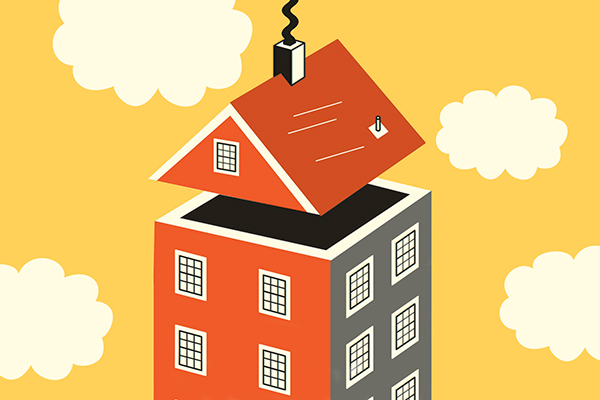

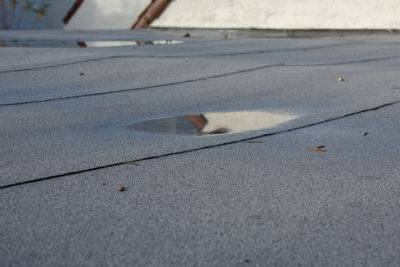
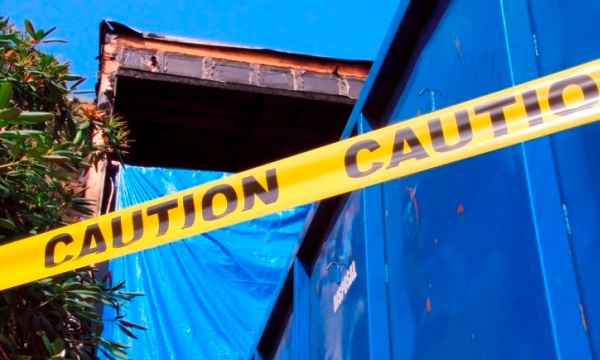
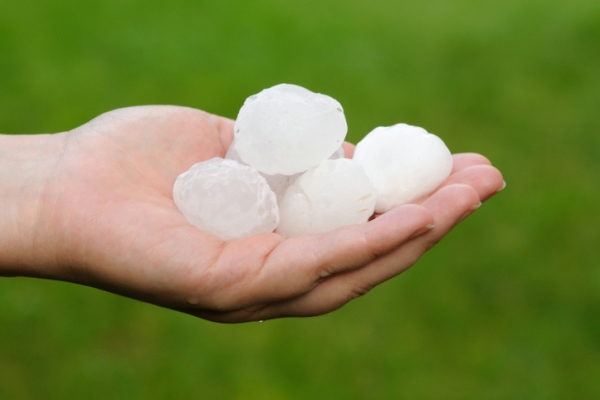

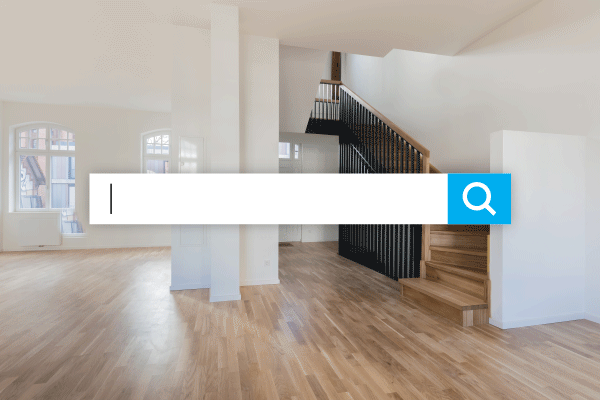


David says,
All the information that you shared with us is very useful for us. Keep sharing…
Jennifer Rankin says,
Can i put a metal roof on my mobile home